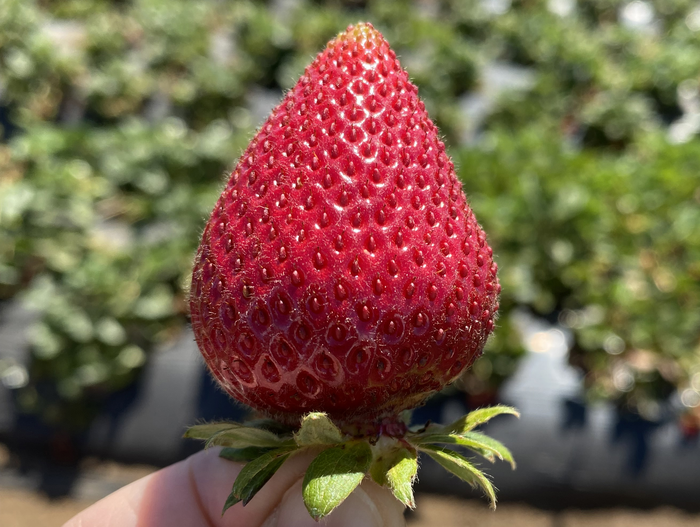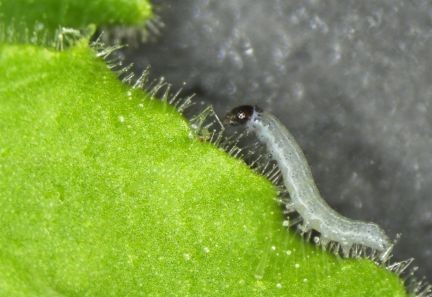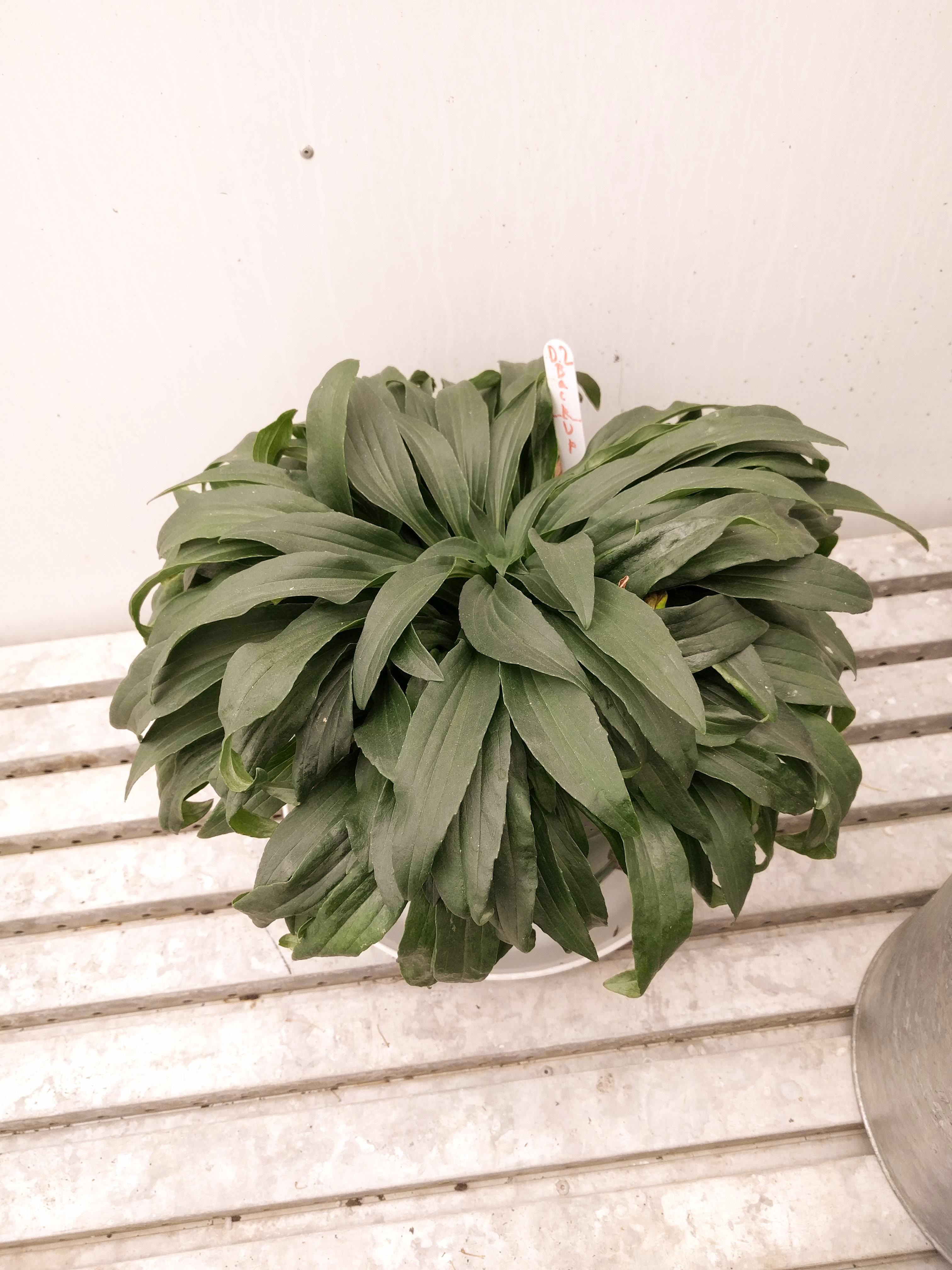Kale is considered particularly healthy due, among other things, to its high secondary plant compound content, including the glucosinolates that give the vegetable its typical cabbage flavour.
Tag: Plant Genetics
You say genome editing, I say natural mutation
For tens of thousands of years, evolution shaped tomatoes through natural mutations. Then, humans came along. For centuries, we’ve bred and cherry-picked tomatoes with our preferred traits.
Transforming plants into allies in the fight against climate change
Nature-based solutions are an effective tool to combat climate change triggered by rising carbon emissions, whether it’s by clearing the skies with bio-based aviation fuels or boosting natural carbon sinks. At the Department of Energy’s Oak Ridge National Laboratory, scientists are leading research to transform plants into key drivers of decarbonization, from creating biomass crops for new fuels to enhancing the ability of plants to absorb and store carbon.
Timing is everything: New insights into floral development unveil nature’s perfect clock
The intricate process of flower development has long fascinated scientists seeking to unravel the mysteries behind nature’s precision timing.
Story tips from the Department of Energy’s Oak Ridge National Laboratory, January 2023
Story tips: Shuffling the load, a reveille for more biomass, designer molecules may help valuable minerals float, ‘T’ molecules huddle around rare earth elements
Evidence for new theory of genetic recombination
In most higher organisms, including humans, every cell carries two versions of each gene, which are referred to as alleles.
Watching Plants Switch on Genes
Researchers attach green fluorescent protein (GFP), a protein that changes light from one color into another, to other proteins to observe how and where cells produce those proteins and thus how cells express genes. However, the use of GFP is time consuming and requires expensive equipment. Researchers have now designed and developed a special type of GFP visible with the unaided eye and a simple black light.

Juicy research unearths new genome within the tomato family
The first full genome in the tomatillo tribe adds to the rich story of the tomato family.

UMD Scientists Identify Mechanism Responsible for Fruit and Seed Development in Flowering Plants
With rising global temperatures and dwindling pollinator populations, food production has become increasingly difficult for the world’s growers.
New, clearest evidence yet that humans are a dominant force driving evolution
Humans reshape the environments where they live, with cities being among the most profoundly transformed environments on Earth. New research now shows that these urban environments are altering the way life evolves.
Research Finds Key Advances Towards Reducing the Cost of Plant Improvement
These findings, An siRNA-guided ARGONAUTE protein directs RNA Polymerase V to initiate DNA methylation, were recently published in the scientific journal Nature Plants.
Dr. Elizabeth “Toby” Kellogg Receives the 2021 Asa Gray Award Recognizing a Lifetime of Achievements
Elizabeth “Toby” Kellogg, PhD, Member and Robert E. King Distinguished Investigator, Donald Danforth Plant Science Center recently received the 2021 Asa Gray Award from The American Society of Plant Taxonomists (ASPT).
Danforth Center and Salk plant researchers launch collaboration to breed carbon-capturing sorghum
Researchers at the Salk Institute’s Harnessing Plants Initiative have established a five-year, $6.2 million collaboration with Dr. Nadia Shakoor and her team at the Danforth Center to identify and develop sorghum plants that can better capture and store atmospheric carbon.
New peanut has a wild past and domesticated present
The wild relatives of modern peanut plants have the ability to withstand disease in ways that peanut plants can’t. The genetic diversity of these wild relatives means that they can shrug off the diseases that kill farmers’ peanut crops, but they also produce tiny nuts that are difficult to harvest because they burrow deep in the soil.

Researchers discover how bean plants fend off famished foes
A team led by scientists at the University of Washington and the University of California, San Diego has discovered that cowpeas — a type of bean plant — harbor receptors on the surface of their cells that can detect a compound in caterpillar saliva and initiate anti-herbivore defenses.

Foxglove plants produce heart medicine. Can science do it better?
Biologist Zhen Wang’s team recently published a pair of papers detailing characteristics of cardiac glycosides in two foxglove species. “This kind of study is important because we first have to know the accurate structure of natural compounds before we can explore their medicinal effects,” she says.